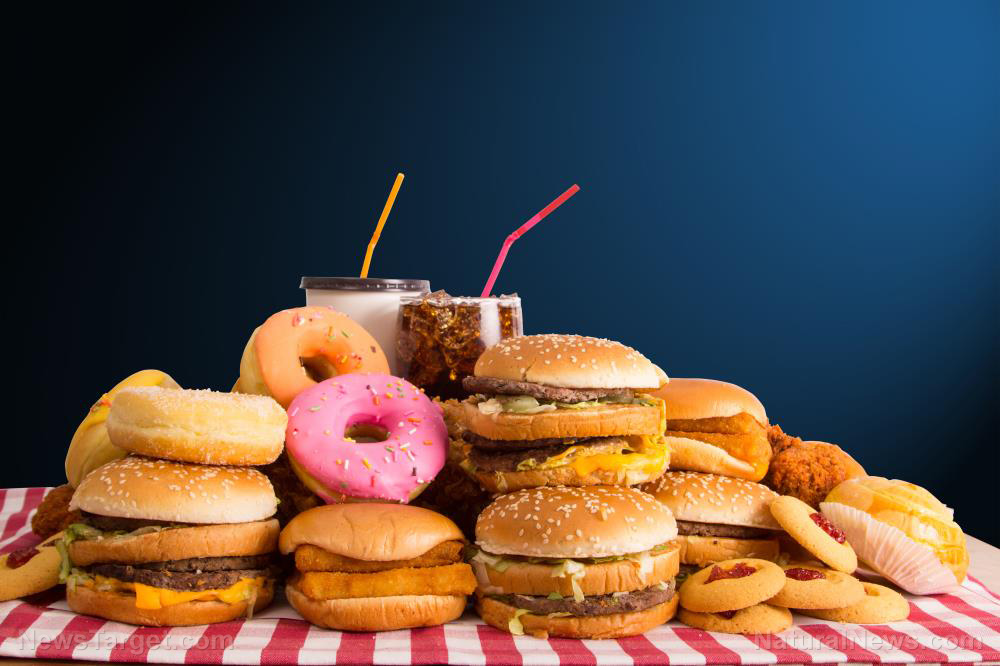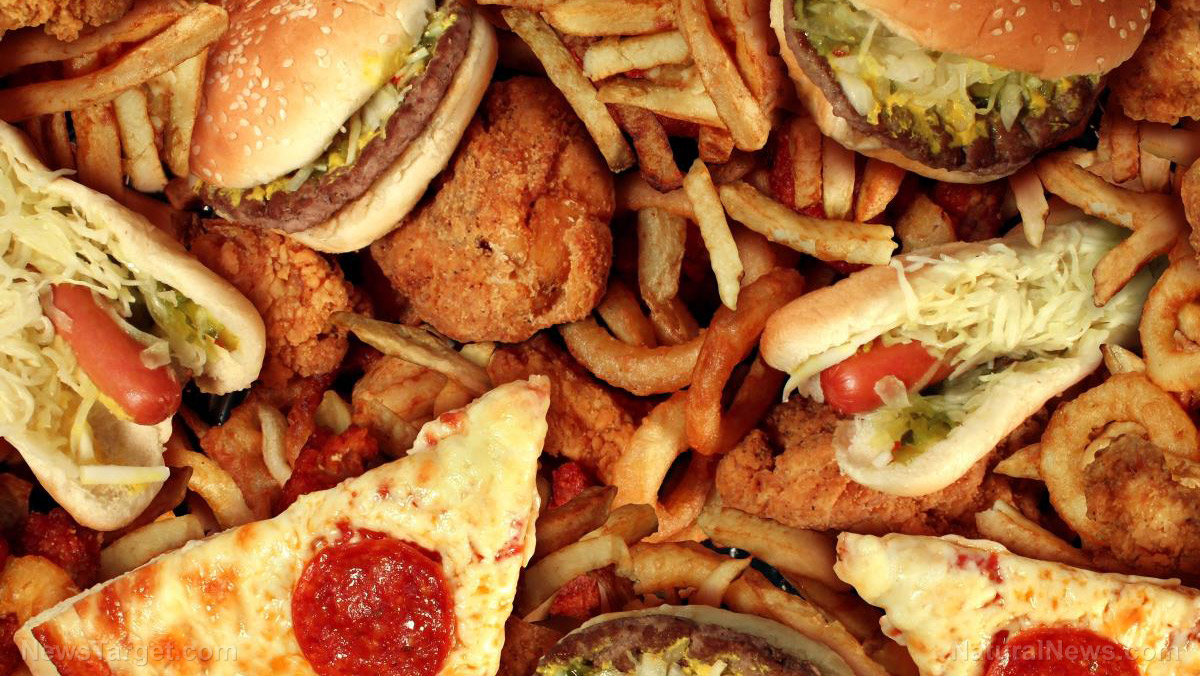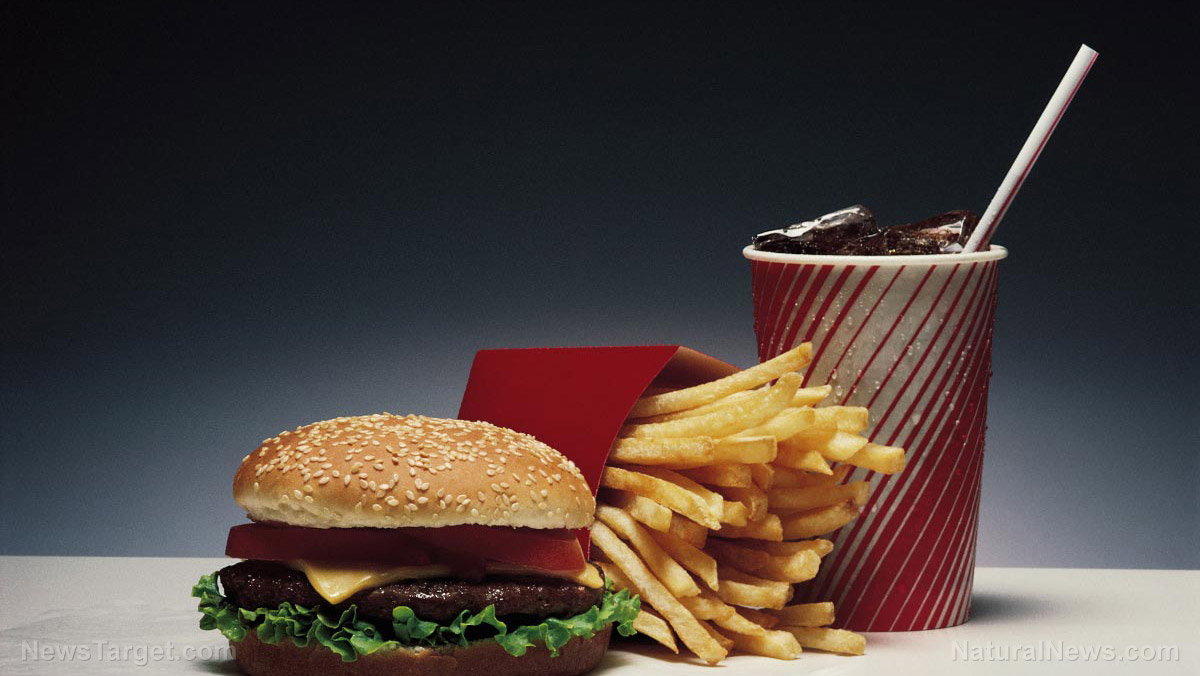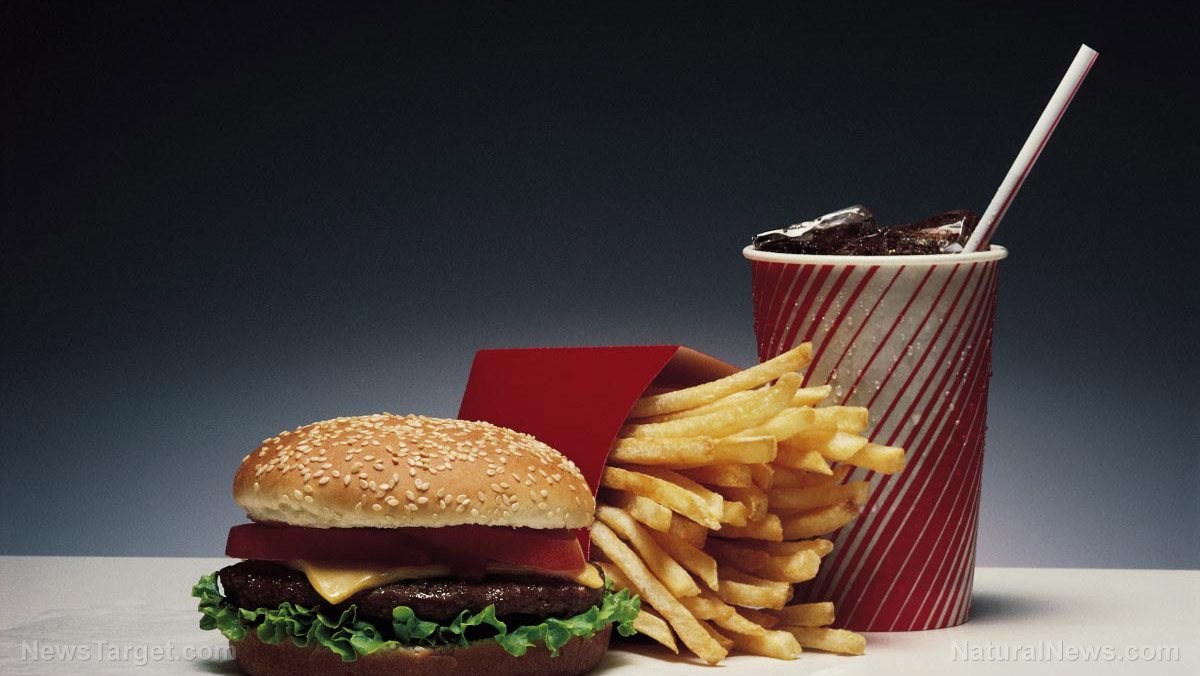That bag of chip could be contributing to your arthritis: Gut bacteria linked to joint pain
06/07/2018 / By RJ Jhonson

Chips may seem like a good idea, but there are a growing number of reasons for you to avoid them. Recent findings published in peer-reviewed journal JCI Insight showed that the proliferation of bad gut bacteria, a common outcome of an unhealthy diet, is the likely culprit behind osteoarthritis.
Scientists from the University of Rochester Medical Center discovered the link between gut bacteria and joint deterioration. In a study conducted on mice, the researchers found that between obese and lean rodents, the former had more bad bacteria in their belly and were at a greater risk of developing arthritis.
The first group also suffered from bodily inflammation accompanied by rapid joint decline, especially in their knees. The findings challenge the prevalent belief that osteoarthritis, a condition common among obese individuals, is an offshoot of biomechanical factors. (Related: Arthritis creams merely mask symptoms and offer no long-term relief, study shows.)
Cartilage, a type of soft tissue, is an essential part of your joints. It acts as a cushion that prevents your bones from rubbing against each other, allowing your joints to bend and rotate as fluidly as needed.
Osteoarthritis occurs when the cartilage in your joints breaks down, causing pain as bone makes contact with bone. In the case of obese people, it was believed that the extra weight placed additional stress on the joints, leading to the rapid wearing out of the cartilage.
In their study, the scientists gave mice a fatty, unhealthy diet not unlike what humans would call a cheeseburger-and-milkshake diet. After 12 weeks, not only were the mice diabetic, their body fat percentage also doubled. Furthermore, the researchers noted the predominance of bad bacteria in the rodents’ gut and the inflammation in the animals’ joints.
The scientists induced osteoarthritis by giving the mice a meniscal tear, a common athletic injury that occurs when joints, usually the knee, are forcibly twisted. They found that in just 12 weeks after the tear, almost all of the cartilage in the mice’s knees had disappeared. In humans, such a condition is serious and may necessitate therapy and surgery.
Good beats bad
To further demonstrate the connection between bad bacteria and arthritis, the researchers gave oligofructose to the obese mice. Oligofructose is a prebiotic, a substance that neither humans nor mice can digest, but acts as food for probiotics or good gut bacteria. Bifidobacteria, which you can find aplenty in yogurt, is an example of probiotics.
After administering the prebiotic supplement, the researchers noted a surge in probiotic populations inside the rodents’ gut. Soon the good bacteria outnumbered the bad. As results, systemic inflammation subsided and the breakdown of cartilage slowed down.
The scientists then compared the guts and joints of lean mice with those of obese rodents who received the supplement. They found no difference.
However, oligofructose did nothing to affect the animals’ body weight. The researchers took this as added proof that even among obese individuals, reducing the population of bad gut bacteria can have a pronounced impact on the risk of developing osteoarthritis.
The researchers hope to collaborate with the U.S. Department of Veteran’s Affairs to see if their findings also apply to humans. They hope to draw a comparison between veterans with obesity-related osteoarthritis and those who don’t, as well as examine the possible effects of probiotic and prebiotic supplements.
Osteoarthritis is the most common form of arthritis, especially among the elderly and obese individuals. If confirmed, the study’s findings will benefit osteoarthritis sufferers around the world, more than 30 million of whom are in the U.S.
On a related note, the scientists hope that their research will shed more light on any link between gut bacteria and other known complications of obesity, such as diabetes, stroke, and heart disease.
Read stories on how you can beat obesity at Slender.news.
Sources include:
Tagged Under: arthritis, arthritis relief, arthritis treatment, bacteria, bad diet, bad nutrition, joint health, obesity, Osteoarthritis, osteoarthritis relief, osteoarthritis treatment, prebiotic, prebiotic supplement, probiotics




















